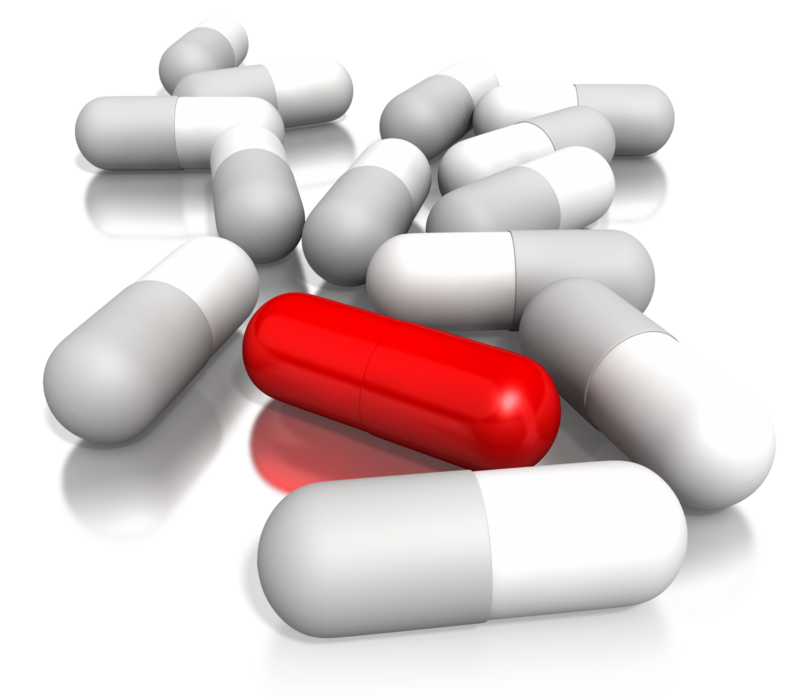5th October 2021, Dr Chee L Khoo

The media is abuzz with this wonder oral drug for treatment of Covid-19 infection by Merck, Sharp & Dohme (MSD). We are talking about Molnupiravir, the broad spectrum anti-viral agent which inhibits replication of not just Covid-19 but many other viruses in cell culture. What is Molnupiravir? Who amongst the patients with Covid-19 infections will benefit from the drug? How does the drug work? There is a bit of a story behind the development of Molnupiravir and we shall explore the drug from its mechanism of action to its Phase 3 clinical trials.
What is Molnupiravir?
Coronaviruses are enveloped viruses with a positive-sense single-stranded RNA genome of 26.4 to 31.7 kilobases (the largest of all RNA virus genomes). The genome encodes non-structural proteins that are responsible for the replication and transcription of the viral genome, the main component of which is a multifunctional protein that contains a central RNA-dependent RNA polymerase (RdRp) domain. Viral polymerases are common targets of antiviral intervention.
Coronaviruses use RdRp for the replication and transcription of their RNA genome. One of the ways they work is by working as nucleoside analogues for RdRp which leads to RNA chain termination. However, such chain-terminating antivirals are generally not effective against SARS-CoV-2 because SARS-CoV-2 has proofreading activity that remove mis-incorporated nucleotides from the end of the RNA chain.
Remdesivir can circumvent this proofreading because its incorporation does not terminate elongation but only stalls RdRp after the addition of three more nucleotides. Remdesivir remains as the only drug approved by regulatory agencies to treat COVID-19. However, not all clinical studies confirm its beneficial effects. Further, remdesivir is expensive, and is only administered intravenously in a hospital setting.
Molnupiravir has emerged as a promising new drug targeting the coronavirus RdRp. And it can be given orally.
How does Molnupiravir work?
Molnupiravir, the prodrug of the ribonucleoside analogue,β-D-N4-hydroxycytidine (NHC), is rapidly converted in plasma to NHC and then to the active 5′-triphosphate form by host kinases (9). The active 5′-triphosphate serves as a competitive substrate for virally-encoded RdRp and is incorporated into nascent viral RNA. Laboratory experiments have demonstrated that this “mutant” RNA template containing the NHC does not lead to chain termination and is allowed to propagate through viral RNA genome undetected by the proofreading. This leads to accumulation of mutations that increase with each viral replication cycle (1-3) ultimately, leading to lethal mutagenesis.
Molnupiravir has been shown to reduce disease in mouse infection models of SARS-CoV and Middle East respiratory syndrome coronavirus (MERVS-CoV), and that NHC is antiviral through lethal mutagenesis for MERS-CoV [2]. In a SARS-CoV-2 ferret model, molnupiravir completely blocked transmission to untreated animals, emphasising that early treatment could potentially prevent secondary spread of SARS-CoV-2 (4).What about anti-viral activity in SARS-CoV-2 in humans?
Clinical trials
Molnupiravir was shown to be safe and well tolerated in a first-in-human, Phase 1, trial in healthy volunteers (5). In a Phase 2A trial, 202 symptomatic participants > 18 years old with confirmed SARS-CoV 2 were randomised to receive between 200-800mg twice a day or placebo within 7 days of symptom onset (6). Virus isolation was significantly lower in participants receiving 800 mg molnupiravir (1.9%) versus placebo (16.7%) at Day 3 (p = 0.02). At Day 5, virus was not isolated from any participants receiving 400 or 800 mg molnupiravir, versus 11.1% of those receiving placebo (p = 0.03). Time to viral RNA clearance was decreased and a greater proportion overall achieved clearance in participants administered 800 mg molnupiravir versus placebo (p = 0.01). Adverse events were similar across all groups.
A report from the interim analysis was released a few days ago from the Phase 3 MOVe-OUT trial. The trial was conducted globally, including in more than 170 planned sites in countries including Argentina, Brazil, Canada, Chile, Colombia, Egypt, France, Germany, Guatemala, Israel, Italy, Japan, Mexico, Philippines, Poland, Russia, South Africa, Spain, Sweden, Taiwan, Ukraine, the United Kingdom and the United States. All patients were required to have at least one risk factor associated with poor disease outcome at study entry. The most common risk factors for poor disease outcome included obesity, older age (>60 years), diabetes mellitus, and heart disease. Delta, Gamma, and Mu variants have accounted for nearly 80% of the evaluable cases in the trial.
In 775 non-hospitalised adult patients with mild-to-moderate COVID-19, Molnupiravir reduced the risk of hospitalisation or death by approximately 50%; 7.3% of patients who received molnupiravir were either hospitalized or died through Day 29 following randomization (28/385), compared with 14.1% of placebo-treated patients (53/377); p=0.0012. Through Day 29, no deaths were reported in patients who received molnupiravir, as compared to 8 deaths in patients who received placebo.
Recruitment into the study is being stopped early due to these positive results. At the recommendation of an independent Data Monitoring Committee, Merck is submitting an application for Emergency Use Authorization (EUA) to the U.S. FDA based on these findings.
More trials coming…
Molnupiravir is also being evaluated for post-exposure prophylaxis in MOVe-AHEAD, a global, multicenter, randomized, double-blind, placebo-controlled Phase 3 study, which is evaluating the efficacy and safety of molnupiravir in preventing the spread of COVID-19 within households.
Most exciting times ahead.
References
- Painter WP, Holman W, Bush JA, et al. Human Safety, Tolerability, and Pharmacokinetics of Molnupiravir, a Novel Broad-Spectrum Oral Antiviral Agent with Activity Against SARS-CoV-2. Antimicrob Agents Chemother 2021;65(5):e02428–20.
- Cox RM, Wolf JD, Plemper RK. Therapeutically administered ribonucleoside analogue MK-4482/EIDD-2801 blocks SARS-CoV-2 transmission in ferrets. Nat Microbiol 2021;6(1):11–8.
- Painter WP, Holman W, Bush JA, et al. Human Safety, Tolerability, and Pharmacokinetics of Molnupiravir, a Novel Broad-Spectrum Oral Antiviral Agent with Activity Against SARS-CoV-2. Antimicrob Agents Chemother 2021;65(5):e02428–20.
- Fischer W, Eron JJ, Holman W, Cohen MS, Fang L, Szewczyk LJ, Sheahan TP, Baric R, Mollan KR, Wolfe CR, Duke ER, Azizad MM, Borroto-Esoda K, Wohl DA, Loftis AJ, Alabanza P, Lipansky F, Painter WP. Molnupiravir, an Oral Antiviral Treatment for COVID-19. medRxiv [Preprint]. 2021 Jun 17:2021.06.17.21258639. doi: 10.1101/2021.06.17.21258639. PMID: 34159342; PMCID: PMC8219109.
